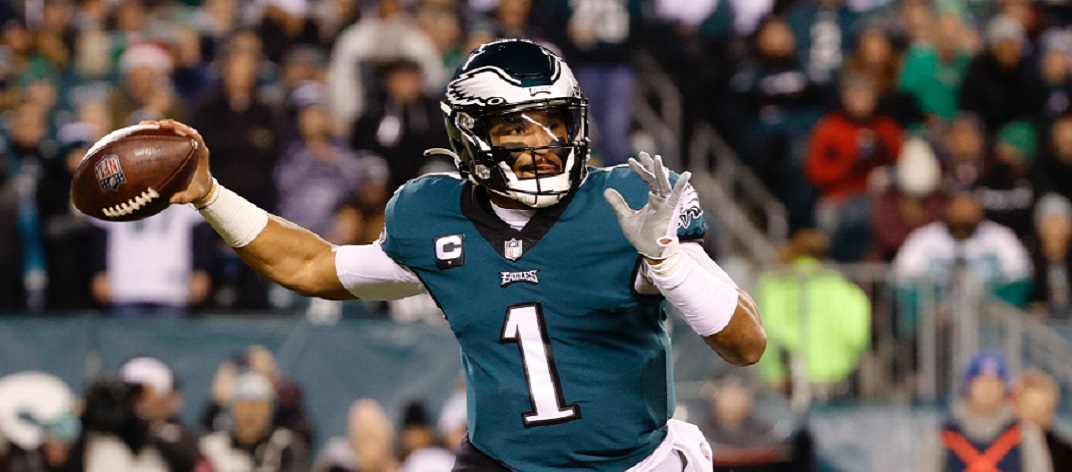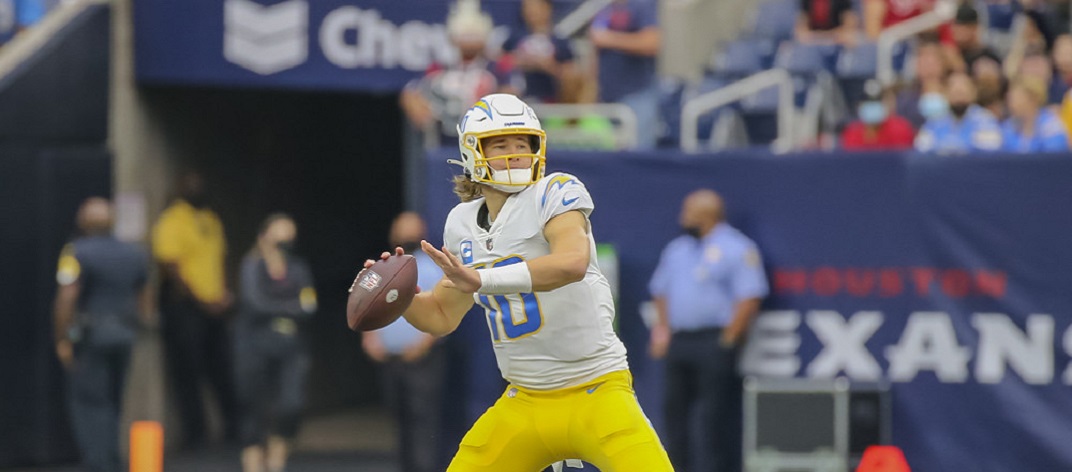Positioning Yourself Against Injury Risk

By Rotowire’s John McKechnie
History shows injuries regularly occur to even the most highly drafted players. Using average draft position (ADP) dating to 1998, the top-24 players selected (the first two rounds of a 12-team league) have missed an average of 1.8 games per year with 45 percent missing at least one game. Sixty-seven of the 384 top-two picks over that span suffered a significant injury, missing at least four games, and 31 missed half a season or more. That’s quite a bit of injury risk (keep in mind this doesn’t include performance risk, e.g. 2013 Trent Richardson). Put differently, each of your first two picks independently has a 17 percent chance of missing significant time. And there’s a 31 percent chance at least one of your first two picks misses four games or more. Again, this is in addition to the possibility they bust for performance reasons, possibly having to do with injuries that don’t actually cost them much time, e.g., 2013 C.J. Spiller, who played 15 games on a sprained ankle. That all sounds pretty dire. But there’s some good news: By examining previous trends and following a few specific guidelines, we can mitigate some of this risk and learn to better protect our biggest investments.
QUARTERBACKS
As the NFL has evolved into even more of a passing league, the value of quarterbacks has increased, and recent rule changes reflect that, allowing the league’s owners more protection for their biggest investments. Of course, those changes have trickled down to the fantasy world, too. Examining the top-15 quarterbacks drafted in each of the last 16 years shows 65 percent of the 240 eligible signal callers did not miss a single game to injury all season. Furthermore, only 16 percent missed four or more games in a single season. Quarterbacks taken in the top 24 the last 16 seasons also have a lower injury rate than backs or receivers with just 19 of the 61 eligible players missing time. Quarterbacks’ ability to avoid injuries, as well as wear and tear incidental to taking frequent hits, has allowed them to have longer careers. However, that doesn’t mean there aren’t certain signal callers with elevated risk.
Playing behind a porous offensive line can make a quarterback more vulnerable. For example, the Packers line has consistently ranked in the bottom third of the league in sacks surrendered. While quarterback Aaron Rodgers avoided injuries for several seasons, his luck ran out last year when he suffered a fractured collarbone following a sack, costing him seven games. This year, Ryan Tannehill, Carson Palmer and Chad Henne will line up behind porous units as Miami, Arizona and Jacksonville have struggled to protect the quarterback the last three seasons. All the rules and offensive linemen in the world can’t protect a quarterback once he leaves the pocket, however. Scrambling quarterbacks like Steve Young, Donovan McNabb, Michael Vick and Daunte Culpepper have traditionally been more likely to get hurt. Among the top quarterbacks drafted since 1998, those who averaged more than three rushing attempts per game were 15 percent more likely to miss time with an injury. Injuries that occur downfield are often more violent, as well, with the aforementioned quarterbacks suffering ACL tears, leg and ankle fractures and concussions all while running with the ball. The ability of Cam Newton, Russell Wilson, Robert Griffin and Colin Kaepernick to pick up rushing yards is a valuable boost to their productivity, but the risk might outweigh the reward.
RUNNING BACKS
Running backs have historically dominated the early rounds of most fantasy drafts. On average, 76 percent of players selected in the first round since 1998 have been running backs, even though the position comes with the most risk. More than half of the top-30 fantasy running backs drafted each year since 1998 missed time nursing injuries. The odds don’t improve much for the elite running backs either as 42 percent of running backs taken in the first two rounds missed at least one game to injury. Even worse, nearly one in five running backs among this group went on to miss at least a quarter of the season. However, the position comes with more reliable indicators for potential injury.
The shelf life for the average running back is particularly short. Countless abuse absorbed while running the ball and blocking wears on the body. Add in these players’ increasing roles in the passing game, and it’s easy to see why running backs tend to break down so quickly. Successive heavy workloads are a good gauge of increased injury risk. In the past, players like Eddie George, Shaun Alexander and, more recently, Michael Turner and Willie Parker, have had their careers abruptly end after consecutive seasons of averaging more than 300 touches. Players like Arian Foster, Chris Johnson, Marshawn Lynch, Adrian Peterson and Matt Forte – while not worked as hard as their predecessors – enter 2014 after consistently heavy usage. Age is another factor, as older bodies require more time to heal. Sprains and strains can significantly slow a veteran who may have bounced back quickly just a few years prior. The healthiest and most productive running backs the last 16 seasons were most commonly found between ages 24 and 28. Once a back hits 30, injury risk increases significantly as 30-plus year-old backs have averaged nearly three missed games per season. And 30 percent of the top-drafted running backs selected at 30 and older missed at least four games, compared to 21 percent for those 29 and younger. Heading into 2014, Steven Jackson, Frank Gore and Darren Sproles have crossed the 30-year plateau.
WIDE RECEIVERS
Forty percent of the first 30 wideouts taken in each of the last 16 drafts missed at least one game with injury. That percentage drops to 32 for receivers drafted in the first two rounds, however. Assuming it’s not a sample-size fluke (and perhaps has something to do with the increasing size and strength of top receivers over the last decade), that makes early-round receivers considerably safer investments than their running back counterparts. Wide receivers do seem particularly prone to a specific type of injury. The position demands players make sudden starts and stops, leaving their lower extremities vulnerable to muscle strains and ligament sprains. Only two of the 25 most costly injuries for top-rated receivers occurred somewhere other than the lower extremity. These injuries, particularly to the hamstring, tend to become chronic. Andre Johnson, Roddy White and Hakeem Nicks have battled recurring muscle issues in their legs and need to be handled carefully. Additionally, studies have shown receivers have a higher incidence of multiple concussions than other fantasy-relevant positions. Receivers DeSean Jackson and Wes Welker are just two to experience multiple concussions the last few years and accordingly come with elevated risk. As with running backs, age is also a factor with wide receivers. Receivers 30 or older include Welker, Brandon Marshall, Larry Fitzgerald, Vincent Jackson, Roddy White, Andre Johnson and Marques Colston.
TIGHT ENDS
Tight ends have the lowest rate of games missed to injury among all major fantasy positions. Jason Witten and Tony Gonzalez might have skewed the data, and even Antonio Gates, who has played through chronic foot problems for years, has missed only 13 games in his 11-year career. Moreover, tight end injuries are rarely as impactful as those to top backs or receivers; only three times since 1998 has a tight end held an ADP higher than 24, and a tight end has never had an ADP within the first round. Jimmy Graham and Rob Gronkowski (who threatens to skew the data in the other direction) are the only two tight ends drafted in the first two rounds, with Graham in both 2012 and 2013. Multiple factors, including the physical makeup of those suited to play tight end and their limited amount of hit exposure, could play a role in their ability to stay healthy. Whatever the reason, the data sample we have indicates we need to be more concerned with backs and receivers, particularly older ones, as well as mobile quarterbacks.


